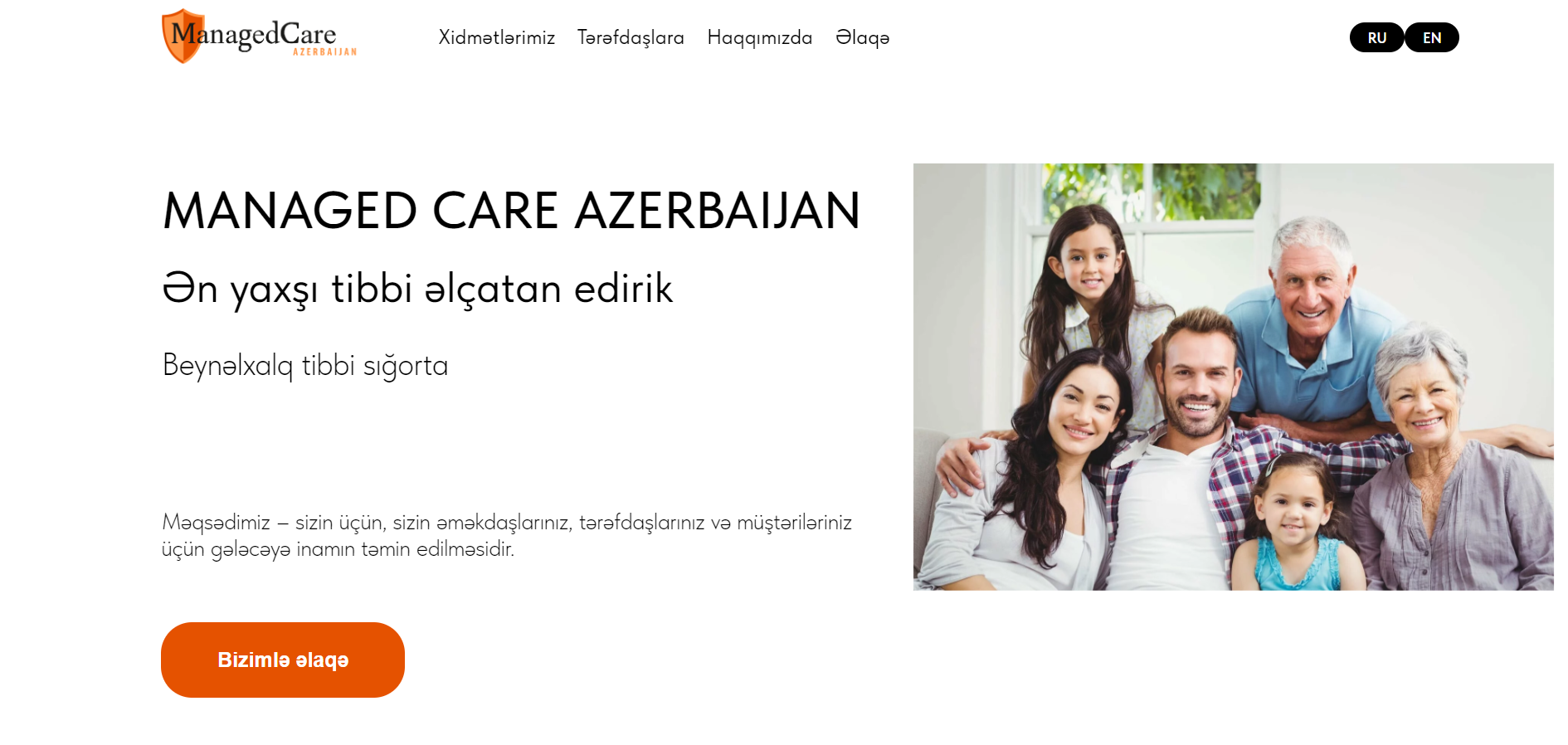Webflow is a revolutionary tool for web designers, allowing them to create responsive websites without extensive coding. Its visual editor makes it accessible to both beginners and seasoned professionals. The drag-and-drop interface simplifies the design process, enabling real-time editing. This allows designers to see changes immediately, enhancing workflow efficiency.
One key feature of Webflow is its responsive design capabilities. Users can easily create layouts that adapt to various screen sizes, ensuring optimal viewing experiences. This is crucial in today’s mobile-centric world. With Webflow, designers can customize their sites for desktops, tablets, and smartphones seamlessly.
Webflow also includes a robust Content Management System (CMS). This feature enables users to create and manage dynamic content effectively. It’s particularly useful for blogs or portfolios, where content is frequently updated. Designers can create templates that automatically pull in data from the CMS, saving time and reducing errors.
The platform offers a variety of templates to kickstart projects. These templates can be tailored to fit specific branding needs. Utilizing a template can speed up the design process while maintaining a unique aesthetic. Webflow’s template library provides a solid foundation for any website.
SEO tools are integrated directly into Webflow, making optimization straightforward. Users can customize meta tags, alt text, and URLs to enhance search engine visibility. Good SEO practices are essential for driving traffic, and Webflow simplifies this process. This ensures that your site can rank well without complicated setups.
Collaboration features in Webflow are also noteworthy. Teams can share projects and gather feedback in real time. This fosters an environment of open communication, which is crucial for successful design projects. Stakeholders can view prototypes and provide input, streamlining the design process.
Webflow University offers extensive resources for beginners. Video tutorials and articles help users understand various features and best practices. Engaging with these materials can shorten the learning curve significantly. This educational support is invaluable for those new to web design.
As you start using Webflow, consider experimenting with its various elements. Begin with simple projects to familiarize yourself with the interface. Gradually incorporate more complex features like animations and interactions. This will help you build confidence in your design capabilities.
In conclusion, Webflow empowers designers to create stunning websites efficiently. Its blend of design and development tools eliminates traditional barriers. Whether you’re a beginner or an experienced designer, Webflow can enhance your workflow. Embrace the platform and unlock your creative potential.



